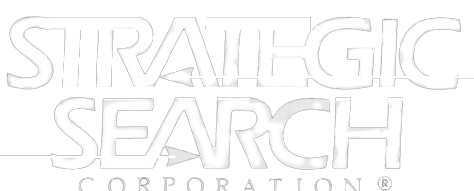
Engineer shortages are getting more and more acute. The most recent Labor Department macro level job figures show that U.S. employers have more than seven million unfilled jobs for the first time in history! Recruiting efforts are even tougher for engineers where recruiters are in a ‘War For Talent’ for key engineering candidates.
One useful recruitment strategy to help you through these tough staffing times is to focus on Needs NOT Wants. This applies for recruiting all positions, but is particularly helpful for recruiting key engineers, scientists or technical candidates where unemployment rates are near zero!
Job Openings Exceed 7 Million For First Time in History!
U.S. employers had 7.136 million unfilled job openings in August, which was the most recent data month from the Labor Department. This means that many businesses are struggling to recruit workers in a very tight labor market.
Available jobs in August also outnumbered candidates looking for work by 902,000. This is the largest gap on record as reported by the Labor Department. Prior to March of this year, job openings had never exceeded workers in the more than 17 years of monthly record keeping!
Many employers are struggling to recruit workers with the pool of potential hires continuing to decline. Hiring companies are competing against each other to fill job vacancies, which put job candidates in control of the hiring process!
Focus Your Job Recruiting On Needs Rather Than Wants
In order to succeed during these tough recruitment times, I recommend more aggressive and creative recruitment strategies. One such strategy is focusing on your needs instead of your wants. Here are several steps to help you accomplish this:
First, thoroughly study successful employees who perform that particular job already. This can include breaking down what their regular job activities are using a pie chart. For example, after thorough observation, you may realize your robot engineers spend 80% of their time on hardware and firmware engineering development related to computer vision and streaming video over the Internet. Identify where they spend the 20% balance of the time.
Second, focus your job description only on those job skills most relevant to what the pie chart method uncovered and what you actually need. For example, hardware and firmware design experience with GPUs, doing vision algorithms on GPUs, hardware design on complex hardware platforms like smartphones and streaming video on demand. Which are most relevant?
Do not set unrealistic and unneeded goals like: a) 5-10 years experience and b) a PhD in electrical engineering (Caveat: what you “want”). If an engineer candidate does possess the relevant engineering experience either through an internship or school project (the real key here is what you “need”), do not disqualify them.
Finally, consider someone’s ability to ‘rise to the occasion.’ If someone has a demonstrated track record in learning new technologies, do not disqualify them just because they do not possess the specific work experience you want.
You may “want” someone with many years of experience. However, you must realize technology is changing so rapidly. It might be more beneficial to have workers who are flexible and can quickly learn new technologies than it is to have someone who is a master of a current engineering skill, but cannot adapt to the future.
Remember it is better if you focus on “needs” NOT “wants”, especially the long-term needs of your organization.
Call me today at 312-944-4000 to discuss other strategies and tactics to help with your key engineer, scientist or other technical recruiting efforts. Or click here for my full contact information.



